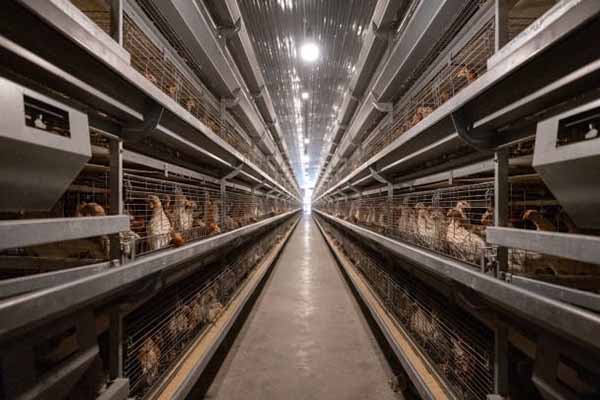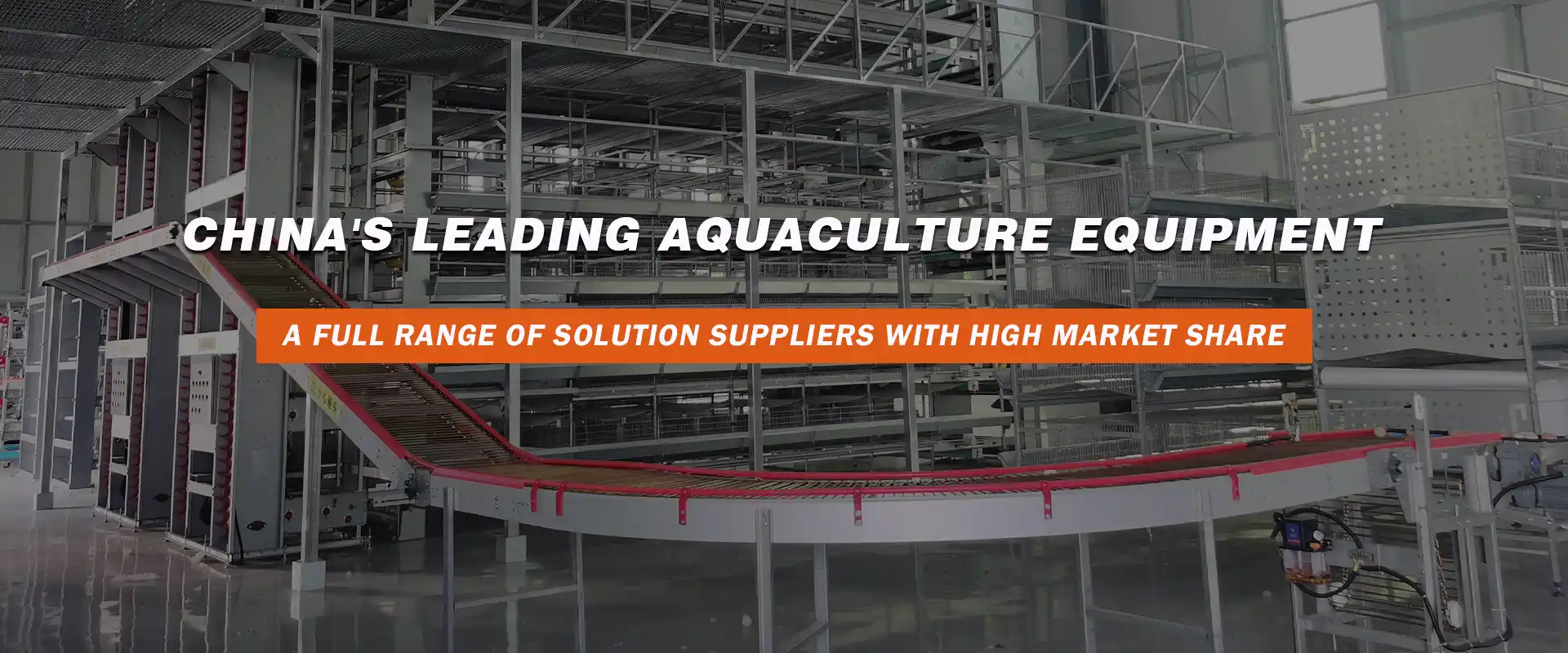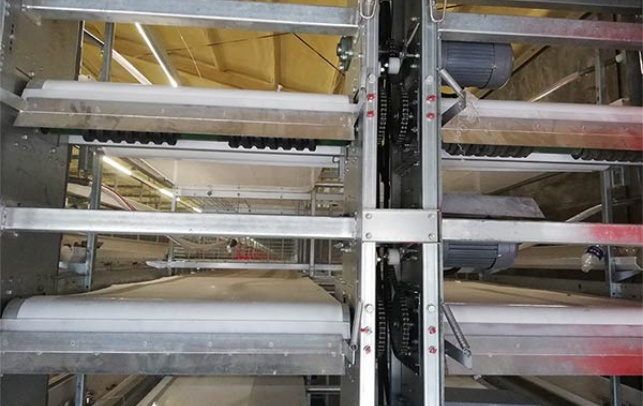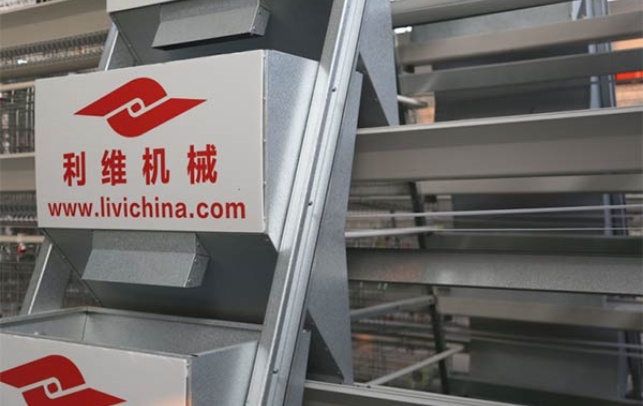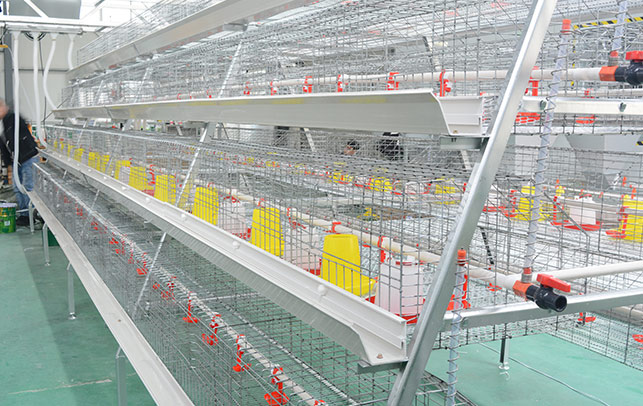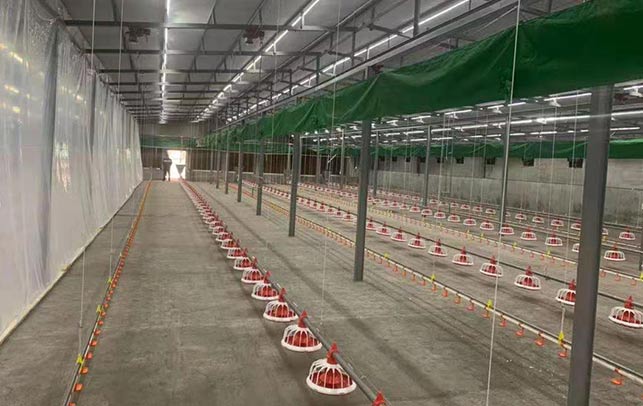How to Choose Automatic Temperature Control Equipment for Uganda Chicken Farms
Time : 2025-07-02
Choosing the right automatic temperature control equipment for your Uganda chicken farm is crucial for the health and productivity of your poultry. The right system can ensure optimal conditions for your chickens, reducing stress and increasing growth rates. In this comprehensive guide, we’ll explore the key factors to consider when selecting automatic temperature control equipment for your Uganda chicken farm.
Understanding the Climate in Uganda
Uganda’s diverse climate ranges from tropical in the south to temperate in the north. The temperature can vary significantly throughout the year, making it essential to have a reliable temperature control system for your chicken farm.
Importance of Temperature Control
Proper temperature management is vital for poultry health. Extreme temperatures can lead to heat stress, decreased egg production, and increased mortality rates. On the other hand, cold temperatures can cause respiratory issues and reduced feed conversion rates.
Factors to Consider When Choosing Automatic Temperature Control Equipment
1. Climate-Specific Requirements
The equipment you choose should be designed to handle the specific climatic conditions of Uganda. For instance, in the warmer regions, you’ll need equipment that can effectively cool the environment, while in cooler regions, heating capabilities are essential.
2. Chicken Species
Different chicken breeds have varying temperature requirements. For example, layer breeds may require slightly higher temperatures than broiler breeds. It’s important to select equipment that can accommodate the specific needs of your chicken species.
3. Farm Size
The size of your chicken farm will influence the capacity of the temperature control equipment needed. Larger farms will require more powerful and efficient systems to maintain consistent temperatures across the entire facility.
4. Energy Efficiency
Energy consumption is a significant cost factor in poultry farming. Look for equipment that offers high efficiency and energy-saving features to reduce operational costs.
5. Reliability and Maintenance
Choose equipment that is known for its reliability. Consider the availability of spare parts and the ease of maintenance when selecting your temperature control system.
6. Control System Technology
Modern automatic temperature control systems are equipped with advanced technology for precise temperature regulation. Look for features like programmable thermostats, data logging, and remote monitoring capabilities.
7. Cost
While it’s important to consider the initial cost of the equipment, it’s equally crucial to consider the long-term cost implications, including energy consumption, maintenance, and potential repairs.
Types of Automatic Temperature Control Equipment
1. Fans and Ventilation Systems
Proper ventilation is essential for maintaining optimal temperatures in chicken farms. Fans and ventilation systems help in circulating air and dissipating heat, especially in warmer climates.
2. heaters
In cooler climates or during cold seasons, heaters are crucial for maintaining the temperature within the desired range. Look for heaters that are energy-efficient and can be easily controlled.
3. Cooling Systems
Cooling systems, such as evaporative coolers or air conditioners, are essential in warmer regions to keep the temperature within the safe range for poultry.
4. Humidity Control
Humidity levels also play a critical role in poultry health. Look for equipment that can control humidity levels in addition to temperature.
Installation and Operation
The installation of automatic temperature control equipment should be carried out by professionals to ensure proper setup and alignment. Regular maintenance and calibration are necessary to keep the system running efficiently.
Conclusion
Selecting the right automatic temperature control equipment for your Uganda chicken farm is a critical decision that can impact the health, productivity, and profitability of your operation. By considering factors like climate, chicken species, farm size, energy efficiency, reliability, and cost, you can make an informed choice that will serve your farm well for years to come.
Tags
